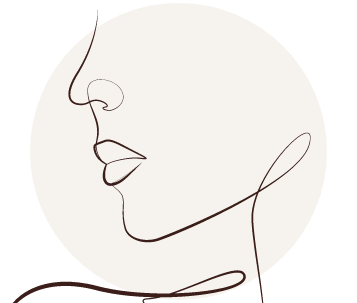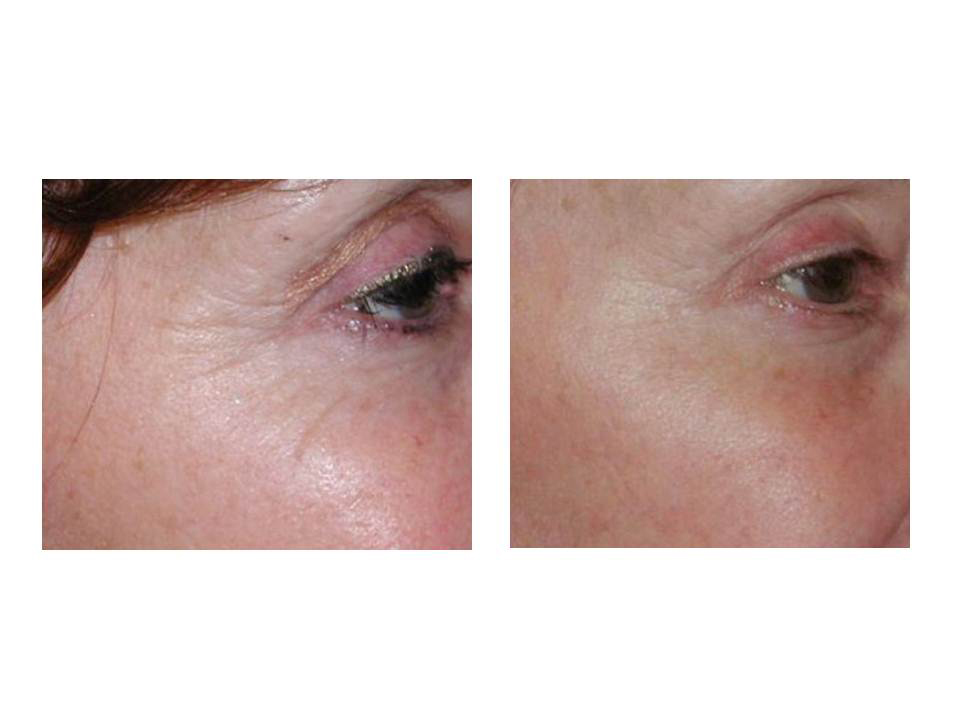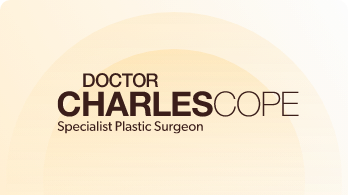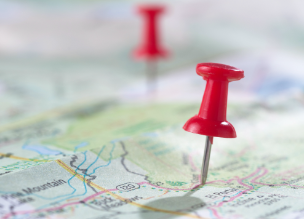Skin resurfacing is performed using Erbium laser (similar to dermabrasion) that remove the upper layers of the skin. This causes the growth of new skin cells and stimulates the skin to produce new collagen, with the new skin being tighter, having fewer wrinkles and having a more uniform appearance.
Laser resurfacing can be performed under topical and injected local anaesthetic in the rooms. Dermabrasion is performed under general anaesthetic as a day surgery procedure, and is usually performed at the same time as other facial surgery such as blepharoplasty or deep plane facelift (rhytidectomy) surgery.
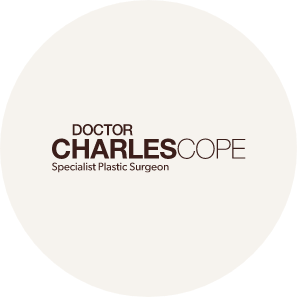
After the procedure, there are dressings which stay on the face for 5-7 days. The skin completely heals in 7-10 days, with most patients returning to work after 10-14 days*. After resurfacing, the skin stays red for many weeks, although this can be disguised with special makeup. Pigmentation changes can occur after laser resurfacing or dermabrasion, and it is important to stay on a program of skin care for 2-3 months after the procedure and to avoid sun exposure for at least one month. Many patients also benefit from a skin care program implemented prior to the procedure.
Laser resurfacing or dermabrasion produces a more dramatic improvement in appearance than other forms of resurfacing such as chemical peels, skin needling, or the Halo laser. However, medical grade skin care, and treatments such as chemical peels, skin needling, or the Halo laser can be useful if you cannot afford time off work, as there is less recovery time.
*Note results may vary from patient to patient
Frequently Asked Questions
Profractional laser resurfacing and Dermabrasion Improves wrinkles by removing the top layer of the skin. This causes the growth of new skin cells and stimulates the skin to produce new collagen, with the new skin being tighter, having fewer wrinkles and having a more uniform youthful appearance
By far the commonest area treated with Profractional laser resurfacing or Dermabrasion is lines around the mouth, both other areas on the face, such as lines around the outer eyelids can also be treated.
Most patients only require one treatment, although occasionally a second treatment is required, depending on the amount of improvement you are after
The improvement gained with Profractional laser resurfacing and Dermabrasion lasts many years*. However, you will continue to age and develop more wrinkles with time, especially if you spend a lot of time in the run or smoke.
Profractional laser resurfacing is performed under local anaesthetic in the office, and can be performed at the same time as upper blepharoplasty or other minor procedures e.g. mole or skin cancer excision. Dermabrasion is performed under general anaesthetic in hospital, and is nearly always performed at the same time as other facial surgery such as blepharoplasty, facelift or facial fat transfer.
For the best result no sun tanning or direct sun exposure should occur for 2-4 weeks prior to treatment, and apply sunscreen with SPF 30 or more to the treatment area. A medical grade skin regime is required for all treatments for one month before Profractional laser resurfacing and Dermabrasion to prepare the skin for treatment, enhance treatment results and lower the risks of post-treatment complications
After Profractional laser resurfacing and Dermabrasion you need to avoid significant sun exposure for at least one month to minimise the chance of pigmentation change in the skin after the procedure – this is easier in the winter months.
Profractional laser resurfacing is performed in the office with topical local anaesthetic as well as local anaesthetic block (injections). Dermabrasion is performed under general anaesthetic in an accredited hospital at the same time as other facial surgery such as blepharoplasty or facelift.
During the first week after Profractional laser resurfacing and Dermabrasion you need to rest and take things quietly at home. Initially there will dressings applied to the area, and these need to be cleaned regularly. If the dressings come loose, which can happen with dressings around the mouth because of movement, the treated area need to be cleaned and have antiseptic ointment applied a few times a day.
Most people can return to work and sport by 7-10 days, although the skin stays red for weeks – you need to apply makeup to disguise this*. It is important to wear sunscreen and avoid significant sun exposure for at least one month after Profractional laser resurfacing and Dermabrasion to minimise the chance of pigmentation change after the procedure. Medical grade skin care both before and afterwards will also minimise this risk and help achieve the best possible result*.
*Note results from person to person

